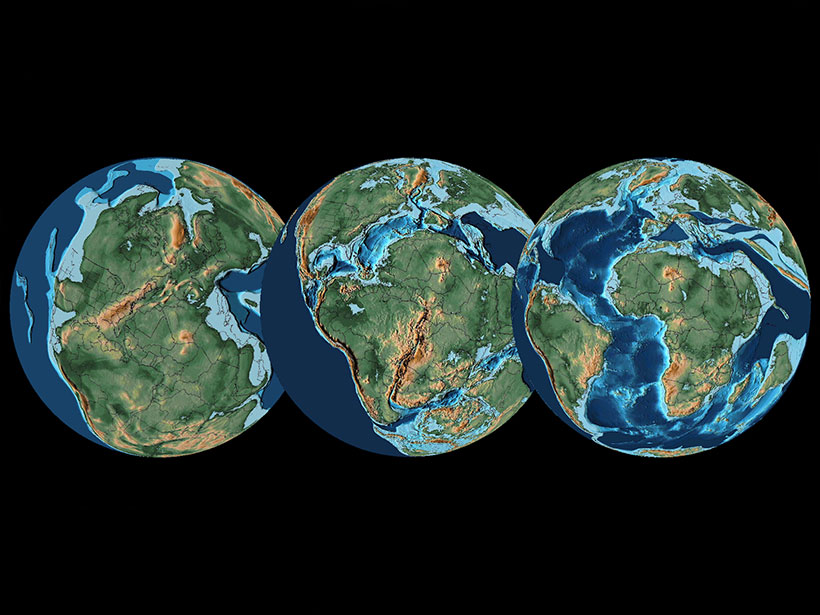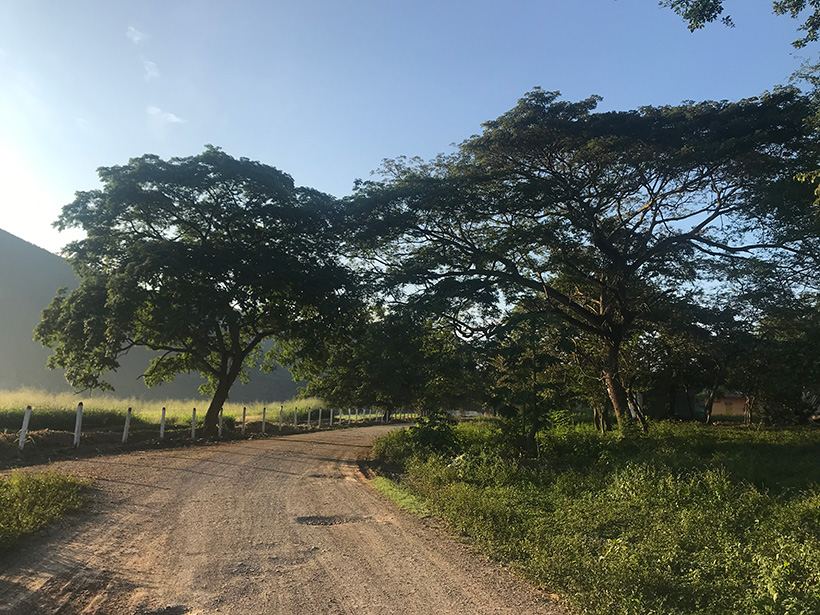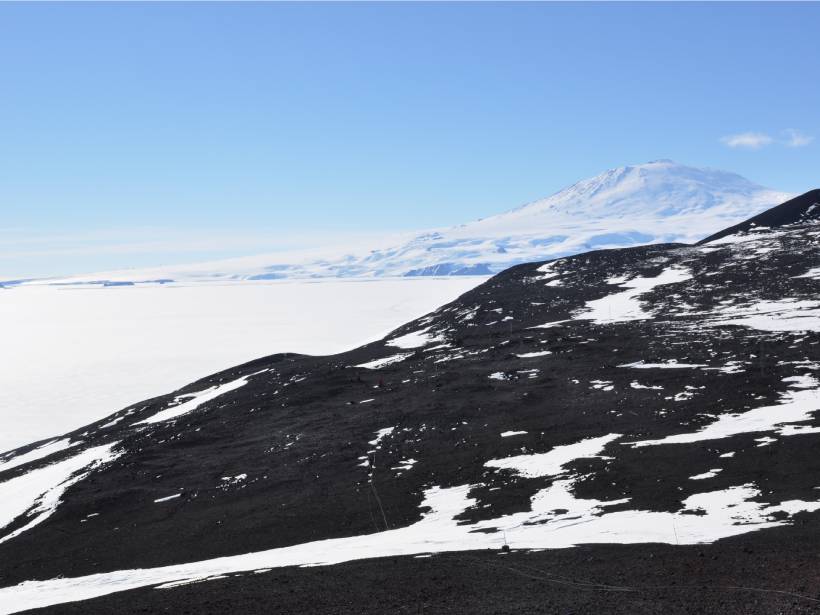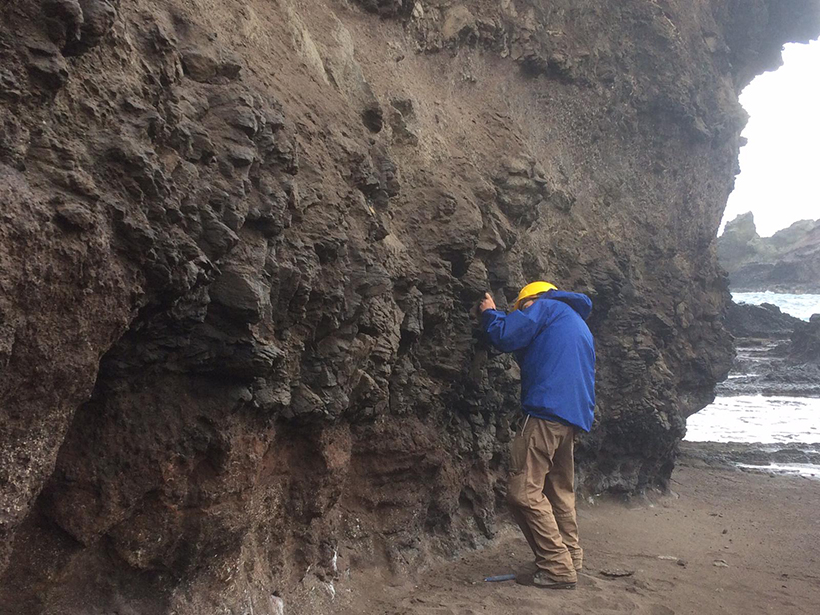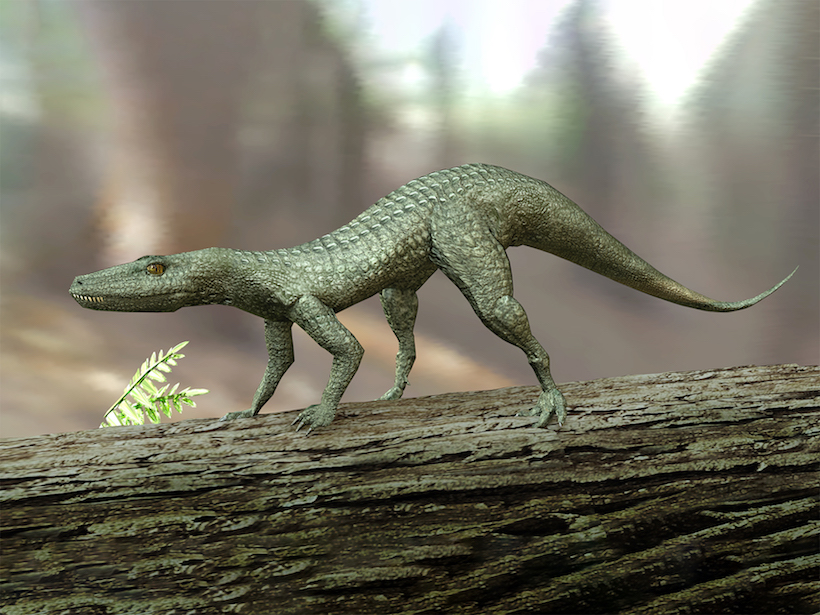西伯利亚河的形成导致大量淡水流入喀拉海,从根本上改变了北冰洋和地球的气候。
geochronology
Earth’s Continents Share an Ancient Crustal Ancestor
How did today’s continents come to be? Geological sleuths found clues in grains of sand.
The Great Unconformities?
New thermochronology data and thermal history modeling from the Canadian Shield show that the Great Unconformity formed there later than elsewhere in North America and may represent another event.
Simulating 195 Million Years of Global Climate in the Mesozoic
An ensemble of climate simulations identifies factors that drove long-term trends of a prehistoric greenhouse climate.
Irtysh River Drove Arctic Sea Ice Expansion 3 Million Years Ago
The Siberian river’s creation caused a massive influx of fresh water into the Kara Sea and radically changed the Arctic Ocean and Earth’s climate.
The Rocky Roads of Colombian Paleontology
Colombia has a wealth of fossils, and geologists are leading the charge to both collect data and share ancient history with local communities.
Researchers Home in on the Age of the Yangtze River
Findings on the river’s age also have implications for past landscape change in Asia.
Antarctic Lava Yields Clues to Earth’s Past Magnetic Field
A new analysis suggests that a widely accepted approximation of ancient magnetic field strength may be less accurate for the past 5 million years than previously thought.
A Robust Proxy for Geomagnetic Reversal Rates in Deep Time
The strength of Earth’s magnetic field in the distant past can tell scientists whether the planet’s magnetic poles were steady or prone to frequent reversals.
A Little-Known Mass Extinction and the “Dawn of the Modern World”
Volcanic eruptions in what is now western Canada may have triggered a million years of rain and a mass extinction that launched the reign of the dinosaurs.




